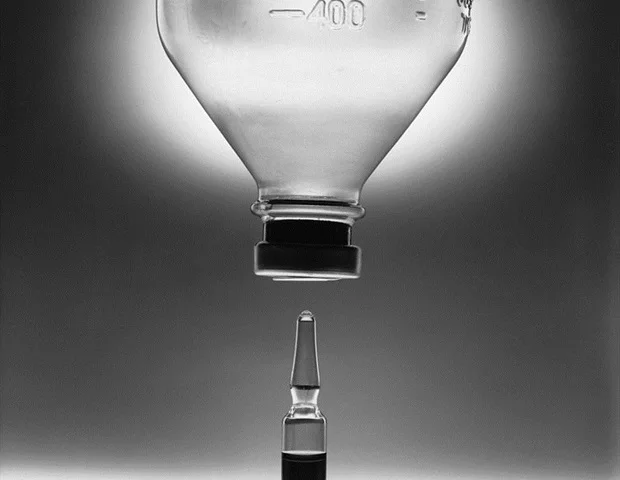
A new study by Yale Cancer Center (YCC) researchers shows understanding treatment patterns for patients with acute myeloid leukemia (AML) is vital to develop strategies to improve outcomes. The findings were presented today at the 61st American Society of Hematology (ASH) meeting in Orlando, Florida. The annual conference is attended by an international audience of more than 25,000 hematology professionals.
Patients with AML who are fit enough for chemotherapy are typically admitted to a hospital and treated with anthracycline and cytarabine, in a regimen known as '7+3'. But relatively little is known about the experience and outcomes of '7+3' induction chemotherapy outside of the clinical trial and large center settings."In response, Wang and her colleagues conducted a large population study to assess inpatient care in the U.S. for people with AML, and to compare treatment patterns by hospital volume. Using the Premier Healthcare Database, the researchers reviewed treatment for a total of 6,442 AML patients from 313 hospitals. "We found that one of seven patients receiving '7+3,' including one of four patients aged 65 years and older, died in the hospital during induction or was discharged to hospice, despite being deemed fit for this intensive therapy by their treating doctors," said Amer Zeidan, MBBS, MHS, associate professor of medicine (hematology) at YCC and lead author of the study. "These findings highlight the need to develop effective and less toxic approaches to treat patients with AML, especially older patients."
Rong Wang, Ph.D., research scientist at YCC and senior author of the study
The combined rate of these two events was lower in high-volume hospitals (14.0%) compared to low-volume (17.1%) and medium-volume (16.8%) institutions. Among the variations in care examined in the study, the use of antifungal preventive treatments was significantly better in high-volume hospitals than in low-volume and medium-volume hospitals. Further analyses are ongoing to examine other predictors of treatment outcomes.
Yale Cancer Center






No comments
Post a Comment